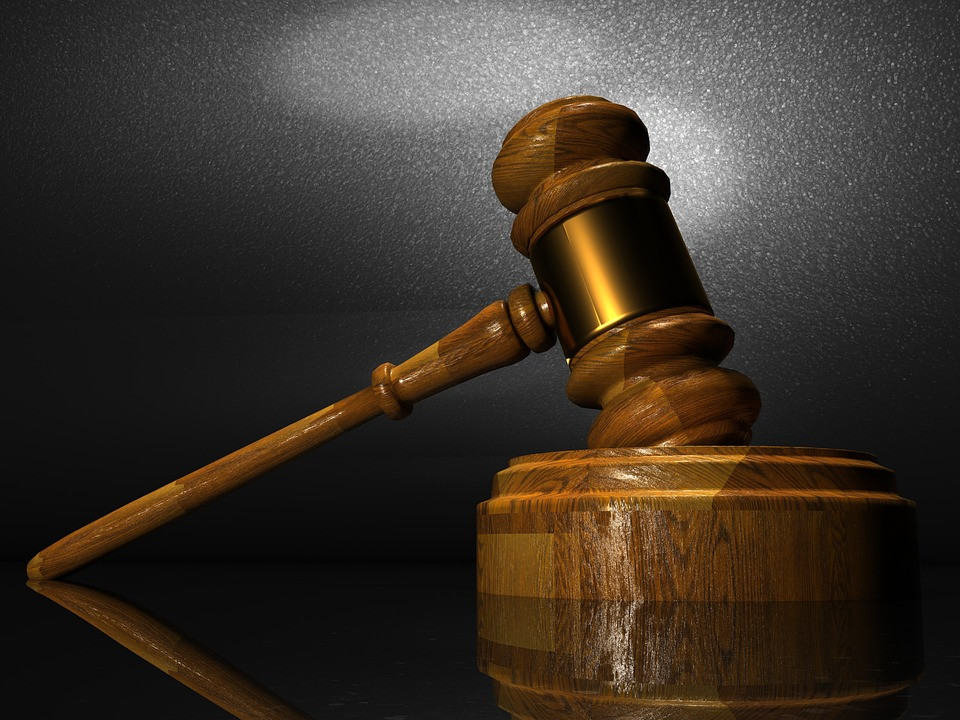Q: I am being sued over a contract. The signature is not mine. It looks like mine, to some degree, but I did not sign it and this is a scam. Just how is forgery proven?
B.W., Woodland Hills
A: The simplest way to demonstrate the signature is not yours is through an eye witness who saw the person committing the forgery. Since doing so may not be likely, a question arises: Is the person who signed claiming they were authorized to sign on your behalf? In that event, you want to disprove any purported authorization. It will help to show there is nothing valid to substantiate the authority, as well as if you could establish the person never had authority in any other instance on your behalf either.
The circumstances may be more complicated, however, because nowadays, with advances in technology, a skillful forger can create a document that looks very much like the real thing. Thus, a document examiner should be consulted and probably retained. This means bringing an expert witness on board.
Forensic document and handwriting experts will examine physical evidence to show alteration and/or simulation. The expert will want access to your actual signature, such as on original paperwork. Experts can comparing signatures, but you could also have a situation in which a page was inserted into a document (in other words, a page was taken out and one inserted in its place).
Bottom line, forgery can be proven. But it can require some careful, credible work. It may be that a crime has been committed. Reporting the matter to the police should be considered.
Q: We paid really good money for a painting. The artist is quite well known. Now we are told it could actually be a fake. How can we tell if it’s a fake and if it is, what do we do?
L.L., Westchester
A: Forgery in the art field may be an art in and of itself. As such,it may not be sufficient to prove that an artwork is a fake based solely on visual examination. Modern-day investigation includes instrumental analysis…
Read the full article here







